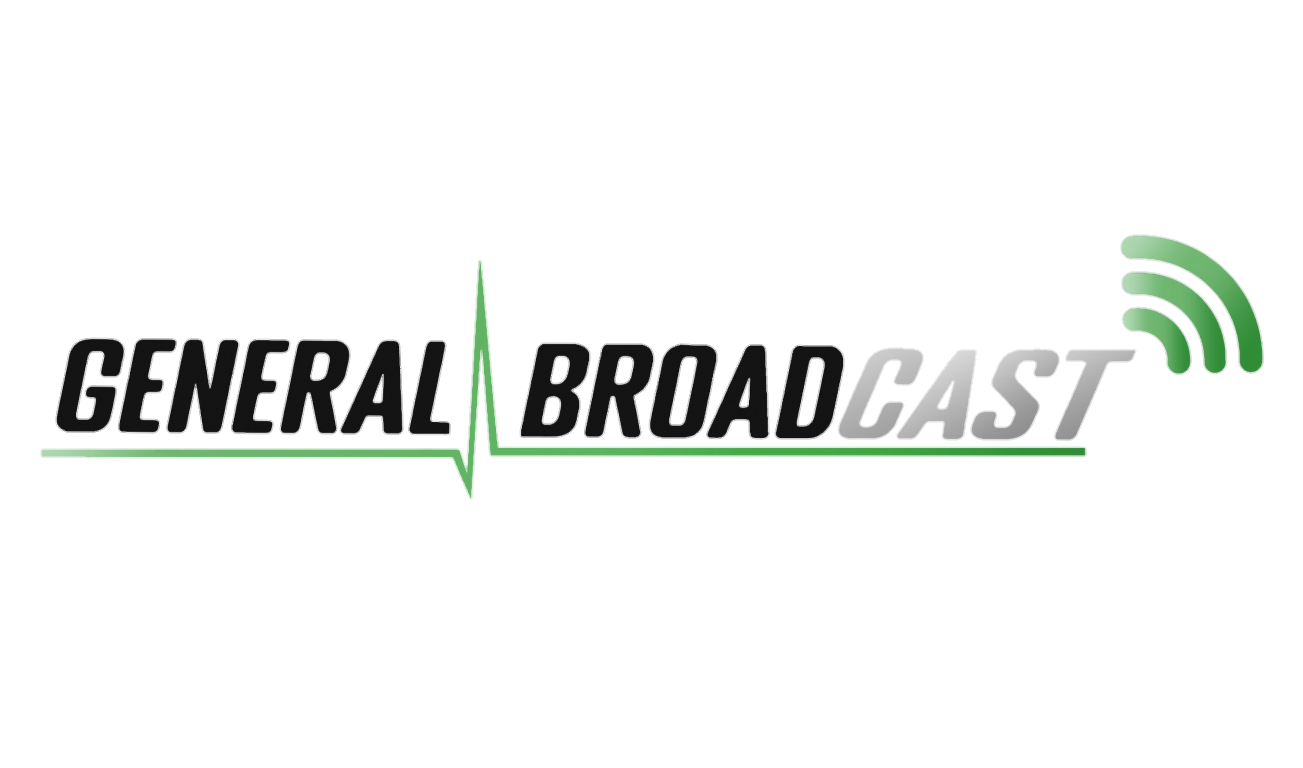Epistaxis
CORRECTION ADDED TO THIS PODCAST
“Several international studies estimate that epistaxis affects at least 60% of the population, but it is estimated that only 10% of these require treatment from healthcare professionals.
”
In the original release of this Episode we made a slight error when it comes to the interpretation of UK law, surrounding parenteral adrenaline. If you haven’t listened to the correction yet, listen to the episode above to hear the update. Listen from the 30 second mark to hear the details.
Take Away Points
Take Away Points
The majority of epistaxis are anterior in nature, the majority of these originating from “Little’s” area
There are a whole host of causes for epistaxis, and as part of our work up we should endeviour to explore these.
There is an associattive link between epistaxis and hypertension but the evidence is lacking for us to be able to say for certain that this is causative. [9]
In our examination be sure to pay attention to if bleeding is coming from one or both nostrils as this can indicate the location of the bleed.
First aid measures will solve the problem in the majority of cases. Start a fresh by getting the patient to clear away old clods (if they are still bleeding), and apply 15 - 20 minutes of good pressure with a nasal clip, tongue depressor peg or…if no other choice… tea spoons.
Apply a cold compress to the neck and or nasal bridge
If still bleeding topical TXA and / or Topical Adrenaline could be considered whilst transporting to hospital. If not a prescriber, its best to discuss this with one at the receiving hospital to see if they are comfortable giving a verbal order to use the medications in this way.
Patients who are suitable for discharge at scene should be offered self-care advice – written and discussed is best practice.
Recommend that for 24 hours the person should avoid activities which increase the risk of re-bleeding such as;
Picking or blowing the nose
Hot drinks and/or alcohol
Heavy lifting
Strenuous exercise or vigorous activity
Lying flat
No baths for probably 48 hours, no hot steamy showers,Assess the patient post-event for subtle signs of shock. Older patients may show signs of a postural drop after some blood loss, and if this is symptomatic, then it increases their risk of falls. This can be subtle. bleeding may have resolved but they may need transport to the hospital for Hb, and transfusion. Just because the bleeding has stopped, doesn’t mean your assessment does.
Remember, clinicians are responsible for their own practice. These podcasts are produced for informative purposes and should not be considered solely sufficient to adjust practice. We provide lots of learning resources, so don’t just take our word for it…navigate to these and reflect on this topic further. See "The Legal Bit" for more info.
If you’ve got any comments on the article or podcast, please let us know using our Contact page, comment below or talk to us on Twitter!
Alternatively, you can come and chat with us about it on our Facebook group Parameducate.
If you like the podcast please leave us a review on the App store as it really helps boost our visibility so others can find our content, remember to tune in next month for our next General BroadCAST and don’t forget that you can check out our Archive for more free CPD!
